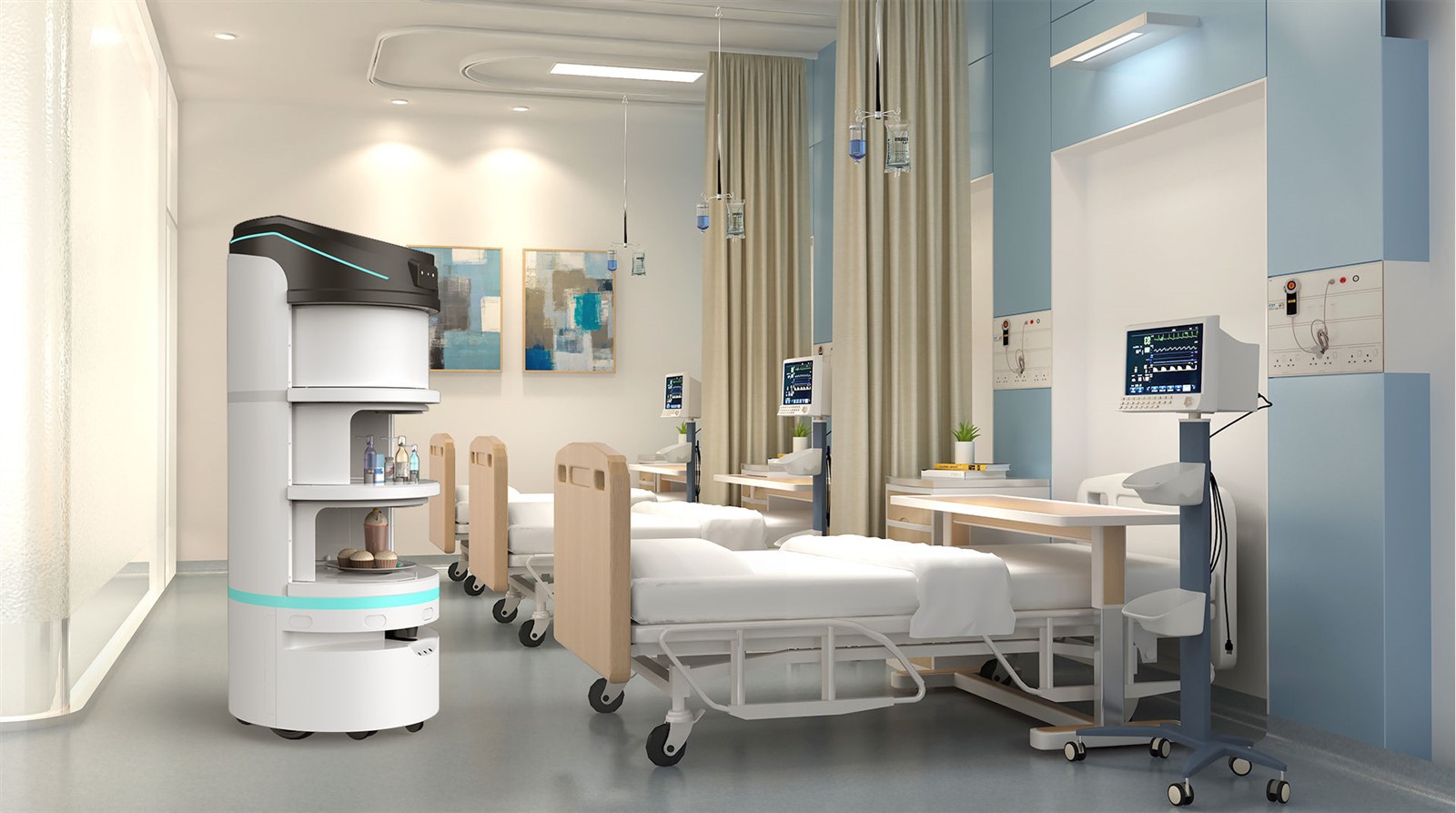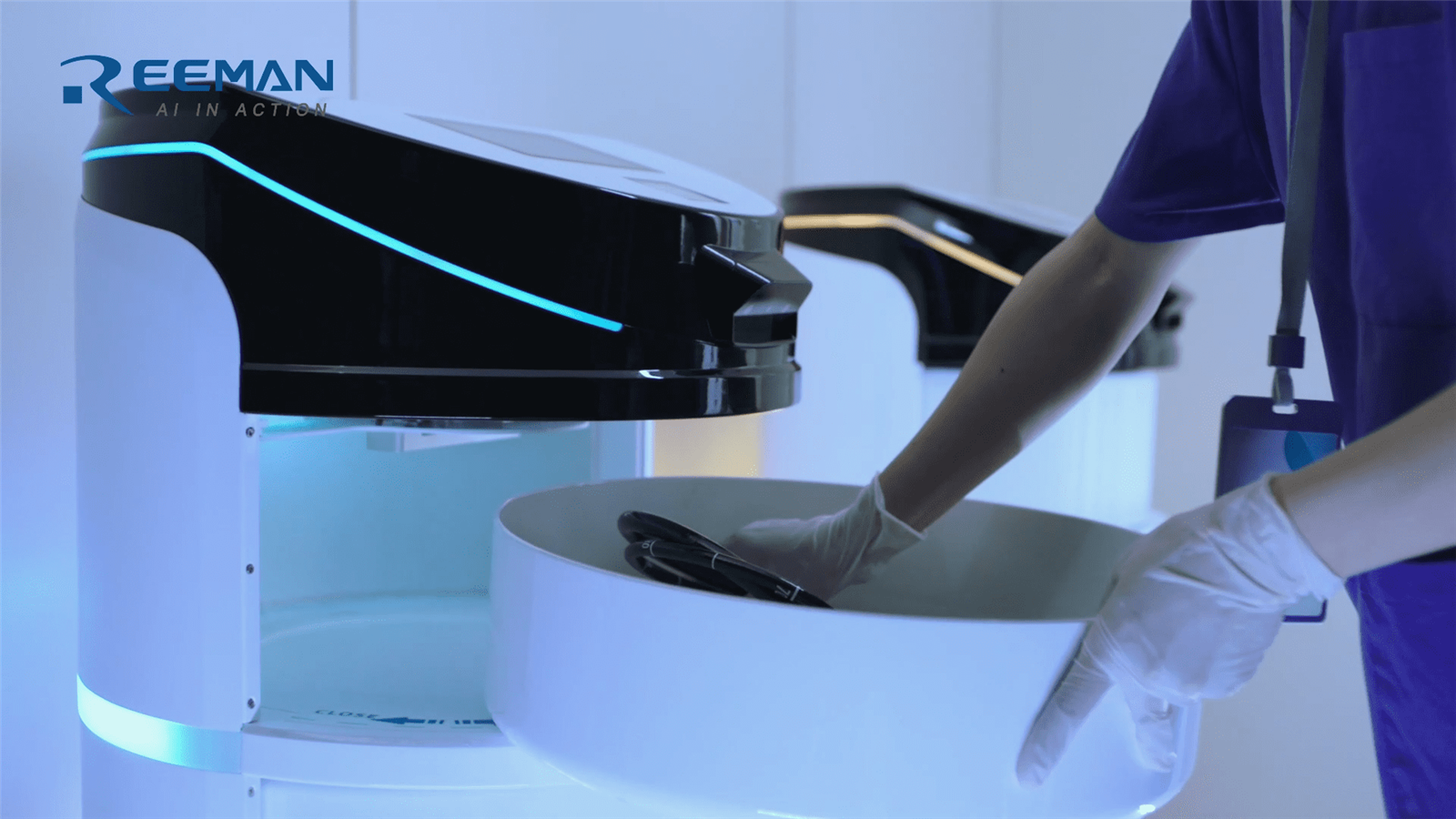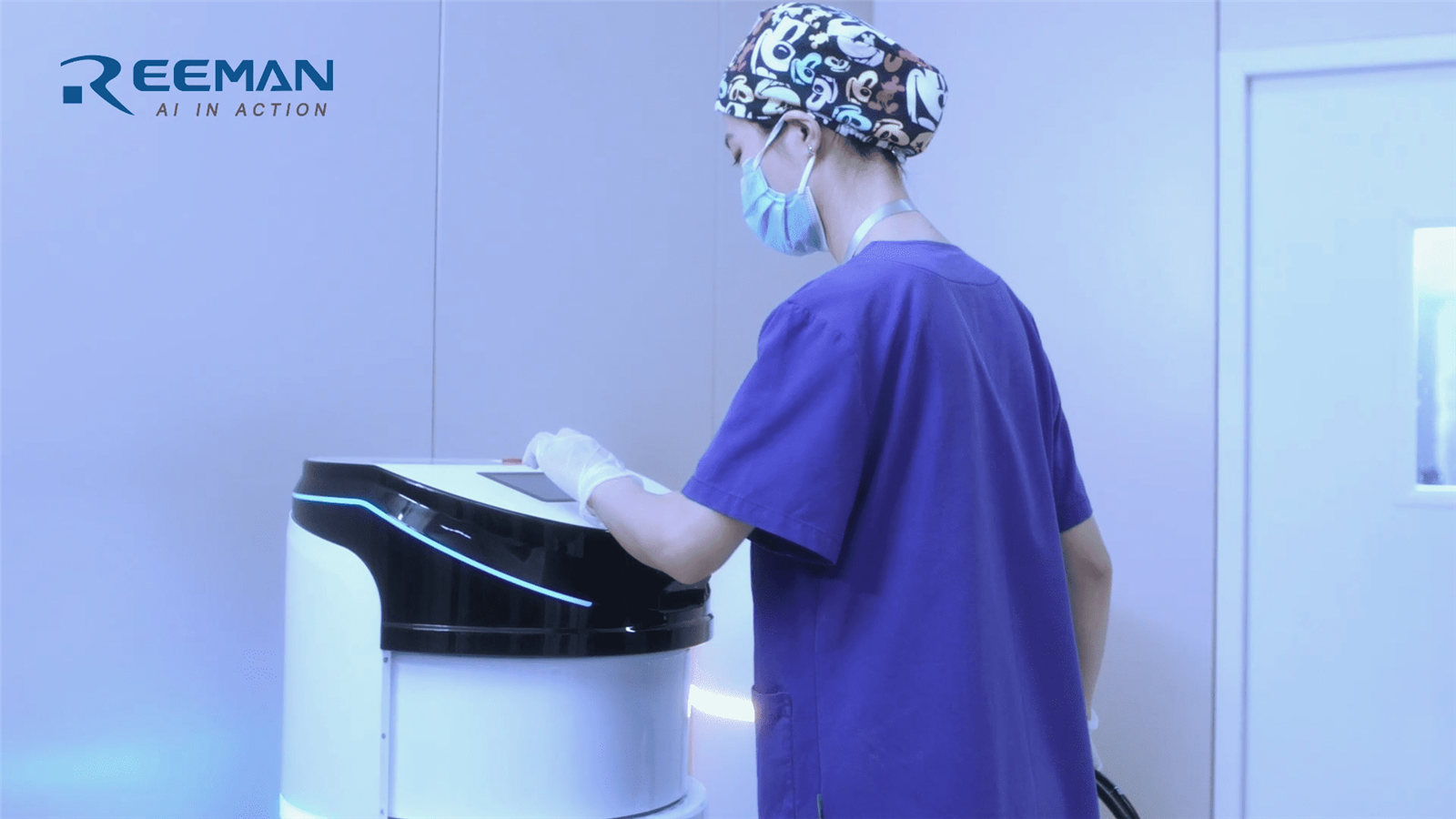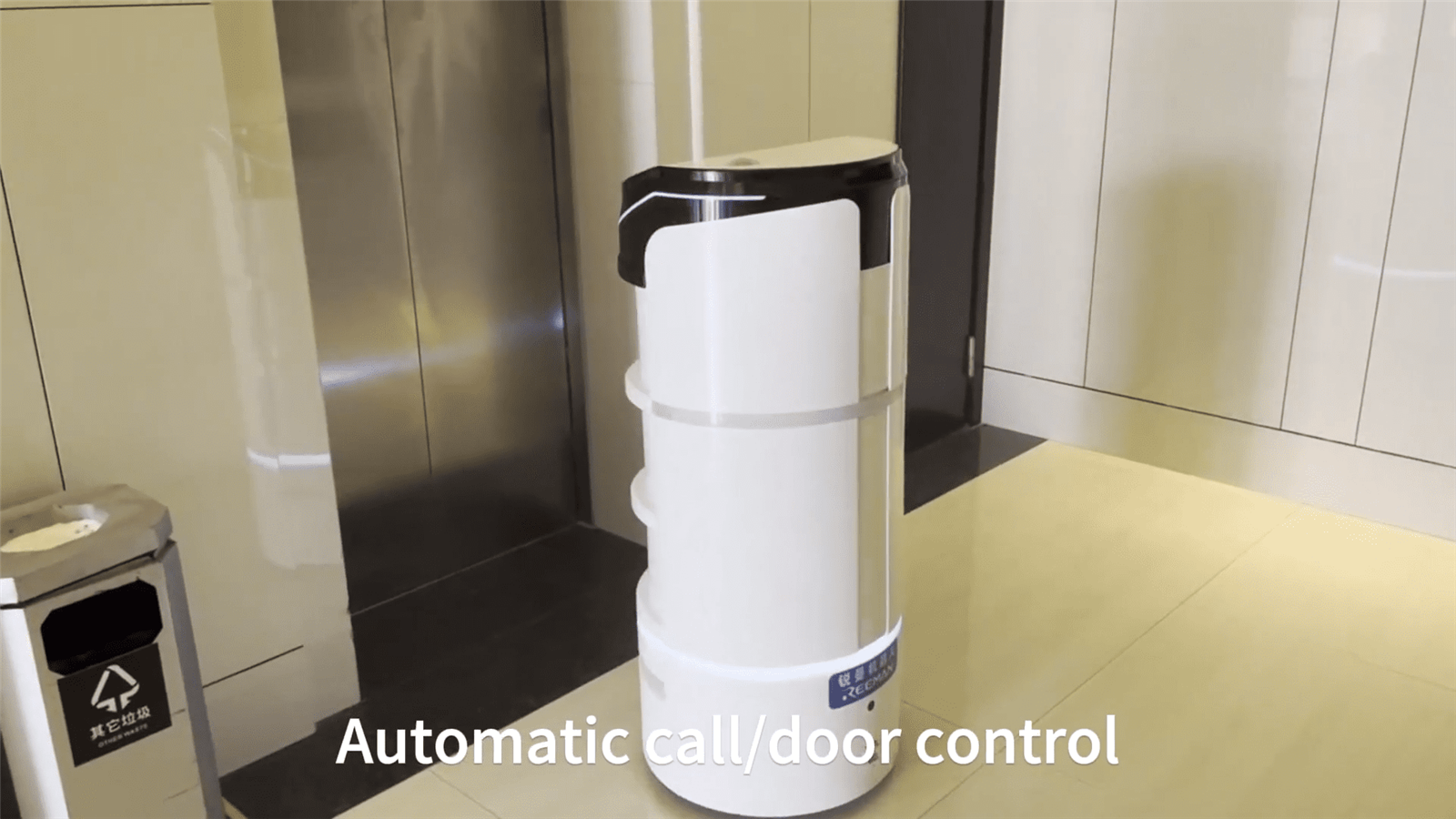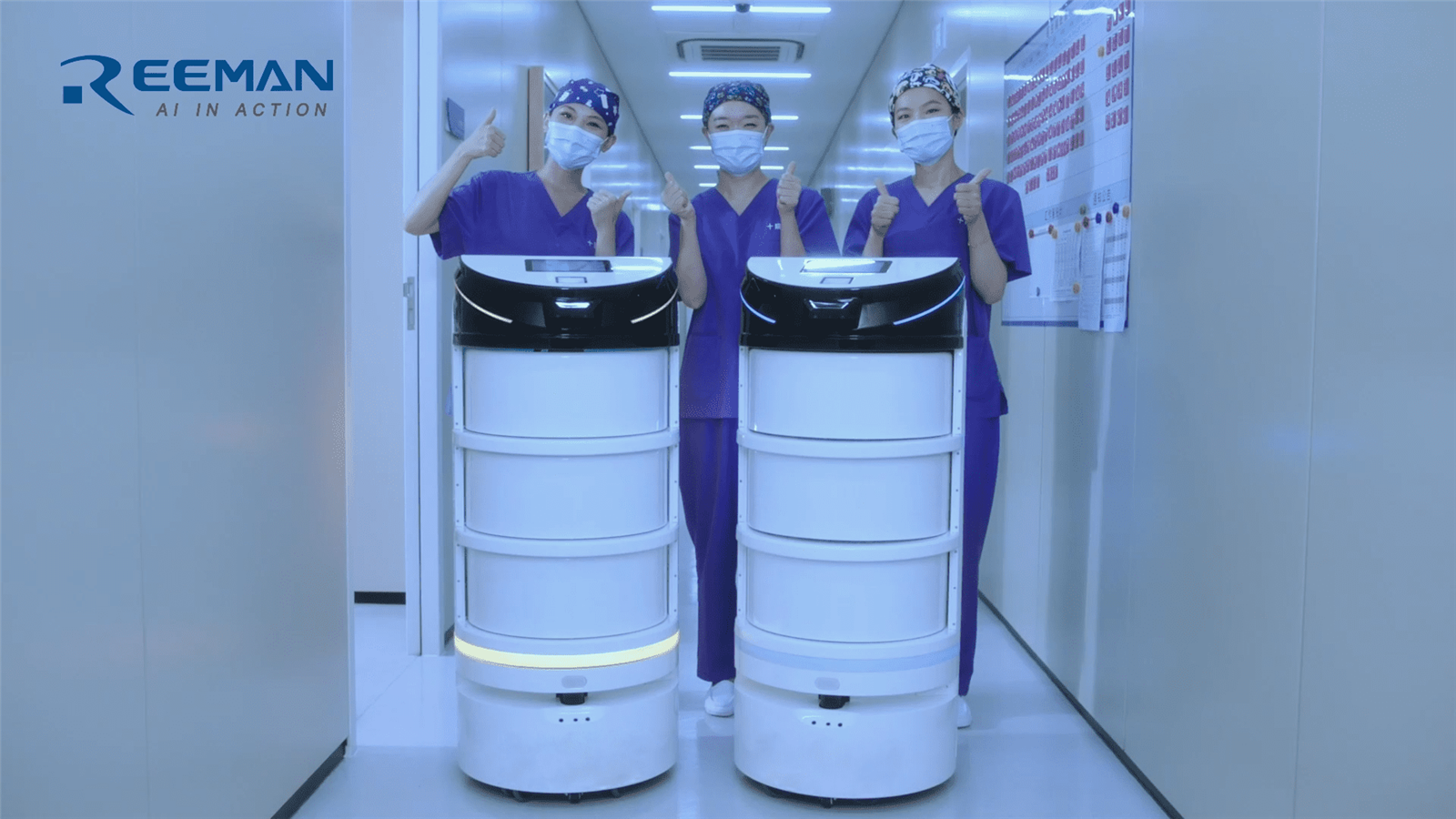Introduction: With the continuous advancement of technology, hospital delivery robots are emerging as game-changers in the healthcare industry. From instrument and sample delivery to medication and food distribution, these versatile robots play a crucial role in assisting doctors and nurses, improving efficiency, and reducing human workload. This article will describe the division of labor among these robots, their interaction with healthcare professionals, and discuss the current challenges that need to be addressed.
Part 1: Division of Labor
Hospital delivery robots are assigned different tasks in various stages, and their specific roles are as follows:
1. Instrument Delivery Robots: These robots are responsible for transporting surgical instruments and medical equipment from storage areas to operating rooms or other required locations. Equipped with intelligent navigation systems and robotic arms, they ensure the accurate delivery of instruments while maintaining their safety.
2. Sample Delivery Robots: To expedite the testing process, sample delivery robots are tasked with transporting collected samples to laboratories or other testing areas. These robots possess the capability to store and identify samples and navigate autonomously within the hospital, reducing the need for human back-and-forth transportation.
3. Medication Delivery Robots: Efficient delivery of medication within the hospital is a common task, and robots can take on this responsibility by transporting medications from the pharmacy to patient rooms or other designated areas. These robots can recognize medications and follow proper dispensing procedures, ensuring timely and accurate medication supply to patients.
4. Food Delivery Robots: For patients with specific dietary requirements, food delivery robots can accurately deliver customized meals to their rooms. These robots not only have navigation and safe transportation capabilities but also receive dietary preferences from patients through intelligent user interfaces, ensuring the hygiene and temperature of the meals.
Part 2: Interaction with Doctors and Nurses
The interaction between hospital delivery robots and healthcare professionals is pivotal to the entire system. These robots communicate with doctors and nurses through intelligent terminals, receiving instructions and providing real-time feedback.
Taking the example of Reeman Robot performing endoscope delivery in a hospital, the workflow is as follows: Doctors or nurses issue endoscope delivery instructions through the intelligent terminal in the examination room center, while the intelligent terminal in the endoscope storage room receives and confirms the instructions. The operator places the endoscope on the robot and, after scanning the code and confirming, the robot automatically carries out the delivery task. During transportation, the robot notifies the destination patient through voice broadcasting, stating, for example, "Your endoscope has been delivered. Please retrieve it promptly." After the endoscope is used, the robot autonomously retrieves it and sends it back to the cleaning and disinfection center, ensuring the instrument's hygiene and safety. Throughout the process, the robot utilizes intelligent obstacle avoidance technology to ensure safe transportation and features an automatic charging mode to meet the demanding hospital work environment.
Part 3: Challenges and Issues
Although hospital delivery robots bring numerous benefits in terms of efficiency improvement and workload reduction, there are still challenges and issues that need to be addressed.
1. Elevator Control: Hospitals have multiple floors, and robots frequently rely on elevators for transportation. Resolving elevator control issues to ensure smooth entry and exit for the robots is a critical consideration.
2. Control of Automatic Doors: Hospital automatic doors usually require manual triggering or are equipped with sensors. For achieving unmanned delivery, robots need to effectively interact with automatic doors, ensuring unobstructed opening and closing.
3. Network Connectivity and Data Security: Hospital delivery robots need to connect with the hospital's information system to receive task instructions and update data. Ensuring stable network connectivity and data security pose significant challenges.
Conclusion:
Hospital delivery robots serve as innovative forces in the healthcare industry, providing valuable support to doctors and nurses. Through well-defined roles and interaction with healthcare professionals, they effectively enhance the efficiency and safety
Contact Us:
Email: reeman.sales1@reeman.cn
Whatsapp: +86 18312160619
About Us:
Reeman, derived from the word "reinforce" (REE) and "human" (MAN) Intends to enhance human capabilities. Let robots help humans everywhere and add infinite possibilities to life.
Follow Us:
Facebook: https://sourl.cn/Gg9UJd
Youtube: https://sourl.cn/cwyd27
LinkedIn: https://sourl.cn/eQ8VPE

